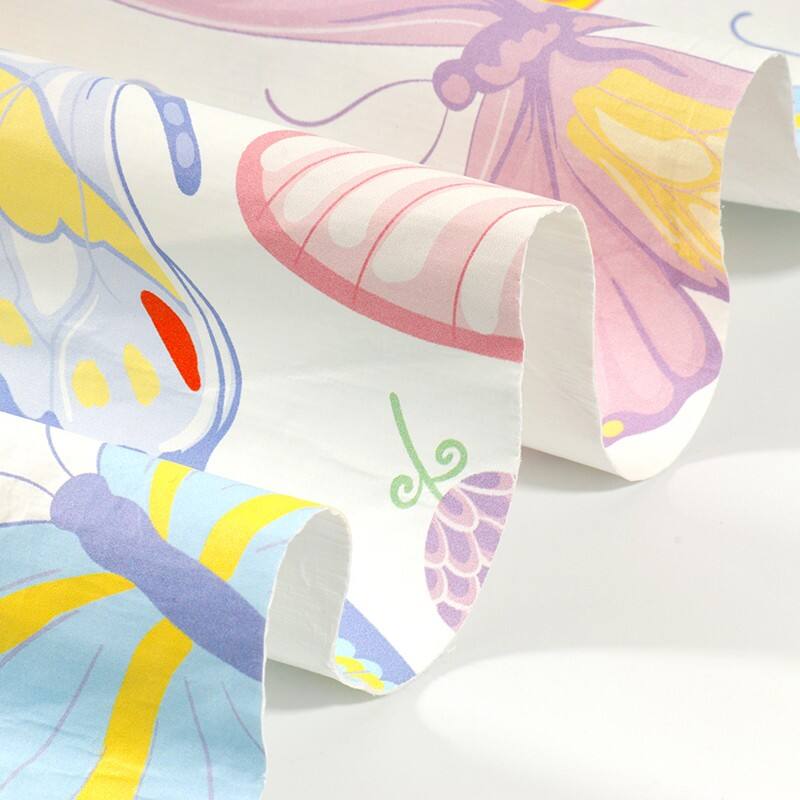breathable clothing material
Breathable clothing material represents a revolutionary advancement in textile technology, engineered to enhance comfort and performance across various activities. This innovative fabric technology combines moisture-wicking properties with air-permeable structures, creating a dynamic system that actively manages body temperature and perspiration. The material features microscopic pores that allow water vapor from sweat to escape while maintaining protection from external elements. Advanced polymer technologies are utilized in the manufacturing process, resulting in lightweight, durable fabrics that maintain their performance characteristics even after repeated use and washing. The material's structure promotes optimal airflow, creating a microclimate between the skin and the fabric that helps regulate body temperature. This sophisticated engineering makes breathable clothing ideal for both athletic performance wear and everyday comfort apparel. The technology adapts to different activity levels, providing enhanced comfort during both high-intensity workouts and casual wear. Modern breathable materials also incorporate antimicrobial properties, reducing odor-causing bacteria and maintaining freshness throughout extended wear. These materials have found widespread applications across various sectors, from outdoor adventure gear to professional sports equipment, and even in casual everyday wear.


